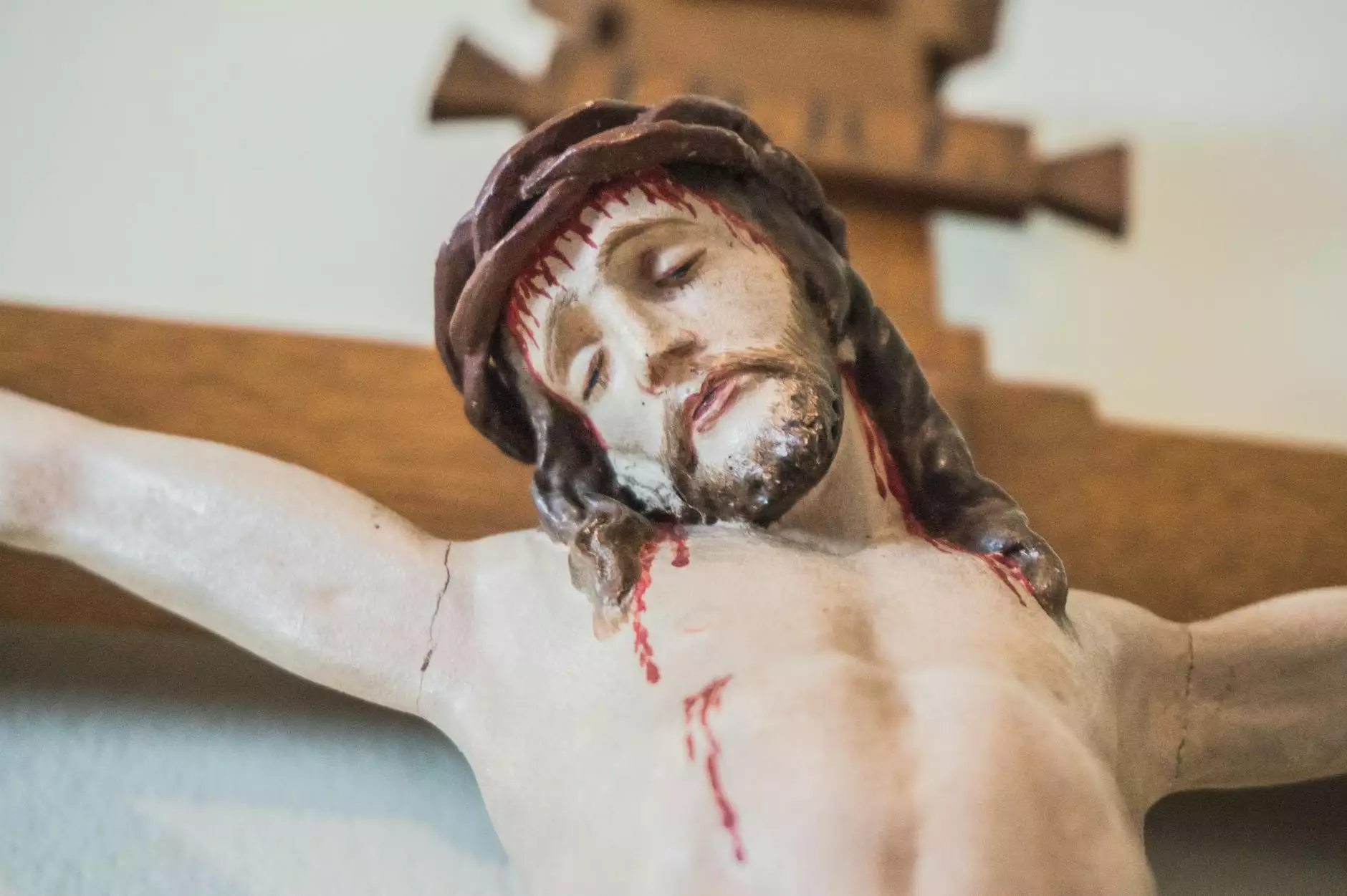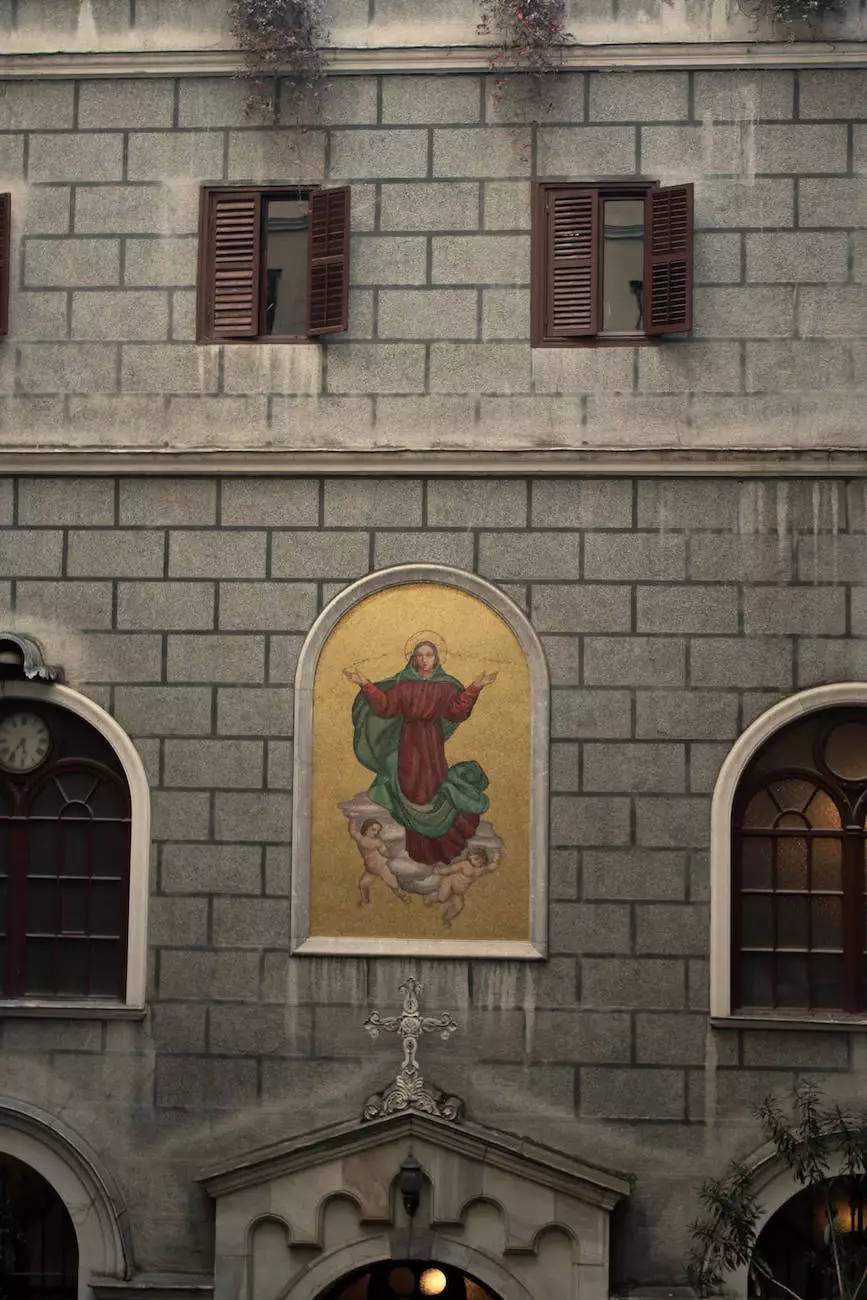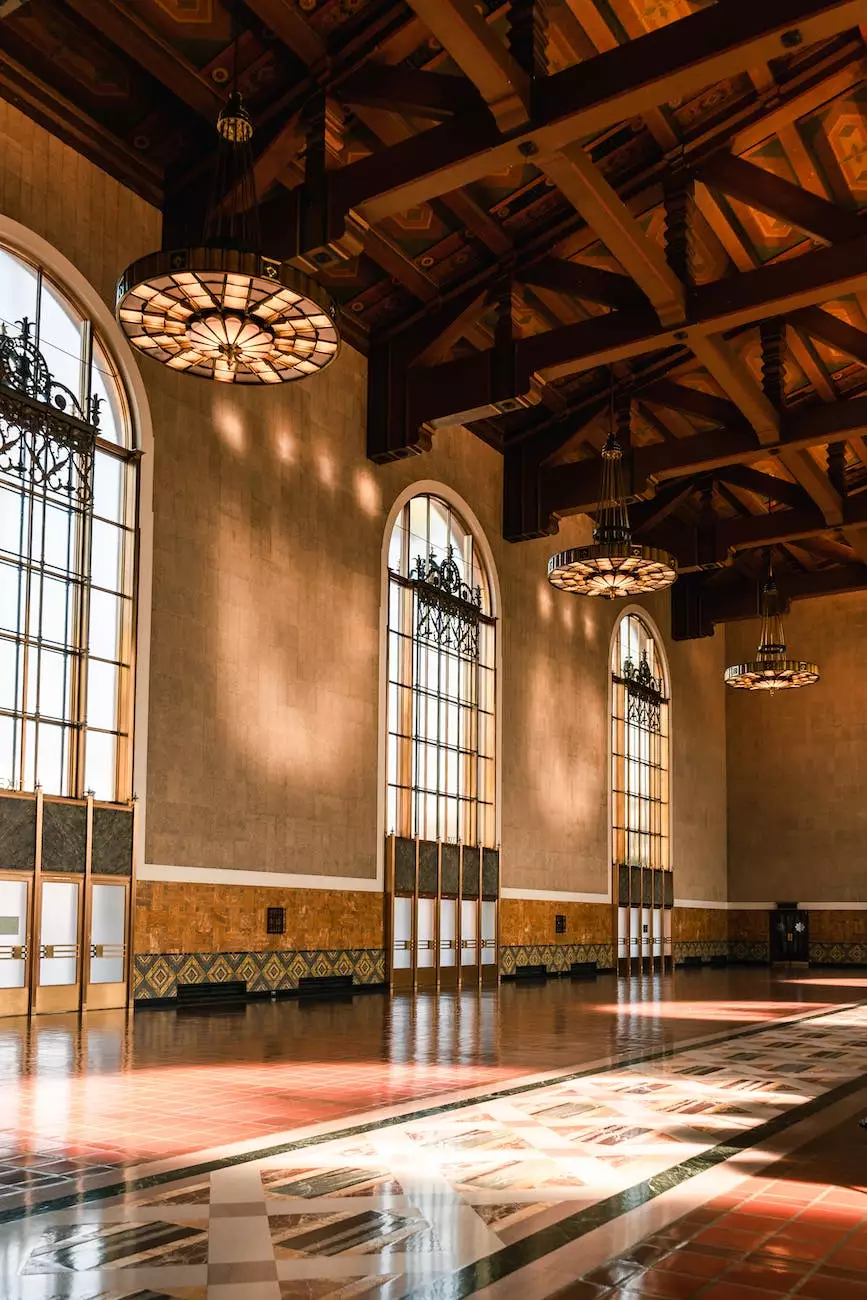Should We Include Nudity in Catholic Art?
Crucifix and Icons
The Significance of Nudity in Catholic Art
Nudity has been a subject of interest and debate in the realm of Catholic art for centuries. It holds a significant position as it represents vulnerability, purity, and the idea of being created in the image of God. Catholic art often attempts to capture the divine beauty and attributes of the human form, and nudity has been used as a means to convey these spiritual qualities.
The Controversies Surrounding Nudity in Catholic Art
While nudity in Catholic art has served as a powerful symbol, it has also faced its fair share of controversies. The depiction of nudity in artworks has been perceived differently through different periods of history. In some instances, it has been celebrated as a representation of God-given beauty, while in others, it has been seen as provocative or inappropriate.
The Historical Context
To understand the controversies surrounding nudity in Catholic art, we must delve into the historical context. During the Renaissance period, artists such as Michelangelo and Raphael embraced nudity as a form of portraying idealized human figures. Their masterpieces like the Sistine Chapel and Madonna of the Meadows showcased a profound appreciation for the human body's anatomical beauty.
The Influence of the Counter-Reformation
The Counter-Reformation, a significant movement within the Catholic Church, exerted its influence by emphasizing the moral values and teachings of the Church. This had an impact on how nudity was perceived in Catholic art. The Church sought to regulate and sometimes restrict the portrayal of nudity to align with its moral teachings, often leading to a shift towards more modest depictions.
The Debate Continues
Today, the debate surrounding the inclusion of nudity in Catholic art continues. Some argue that a return to the artistic tradition of celebrating the human form is essential to maintain the spiritual and theological aspects of Catholic art. They believe that art can express divinity through the beauty of the human body.
Benefits of Including Nudity in Catholic Art
The inclusion of nudity in Catholic art, when done tastefully and with reverence, can provide several benefits:
1. Expressing the Divine Image
Nudity can be seen as a way to express the divine image within every human being. By depicting the human form without clothing, artists can convey the idea that we are all created in the image of God and hold inherent dignity.
2. Invoking Awe and Contemplation
Nudity in Catholic art can invoke a sense of awe and contemplation. It allows viewers to reflect on the beauty and complexity of the human body and consider the divine purpose behind its creation.
Respecting Sensibilities
While the inclusion of nudity in Catholic art can have its merits, it's important to respect the sensibilities of individuals. Different individuals may have varying comfort levels with nudity, and it is crucial for artists and viewers alike to approach this subject with sensitivity and discernment.
Conclusion
Should we include nudity in Catholic art? The answer is not a simple one. Nudity has played a significant role in Catholic art, conveying spiritual qualities and representing the divine image within humanity. However, controversies and debates have surrounded its portrayal throughout history. Ultimately, the decision lies with artists, the Church, and viewers to engage in a thoughtful dialogue that respects both tradition and individual sensibilities.
At Solutions Eighty Seven, we understand the complexities and nuances of discussing nudity in Catholic art. As a leading digital marketing agency specializing in business and consumer services, we offer valuable insights and expert guidance to help you navigate these discussions. Contact us today to learn more!




